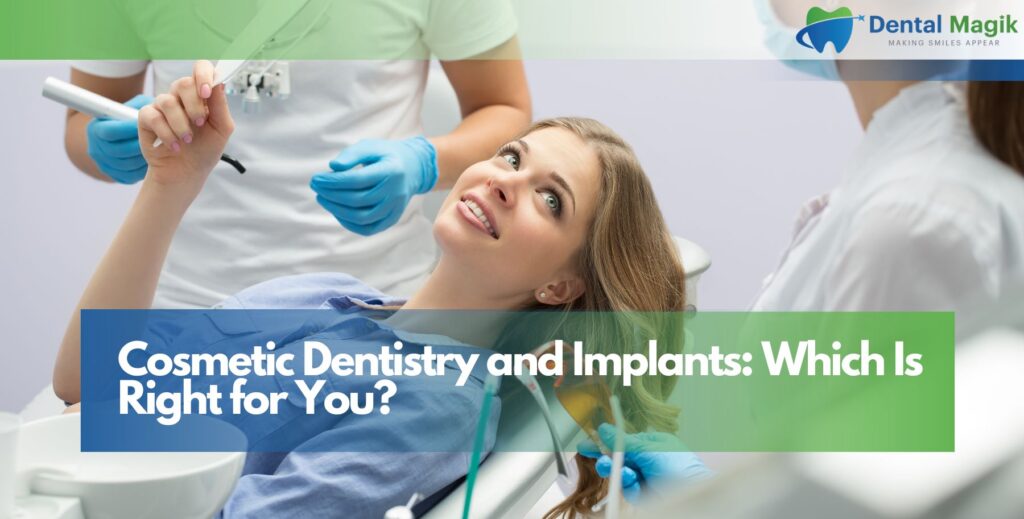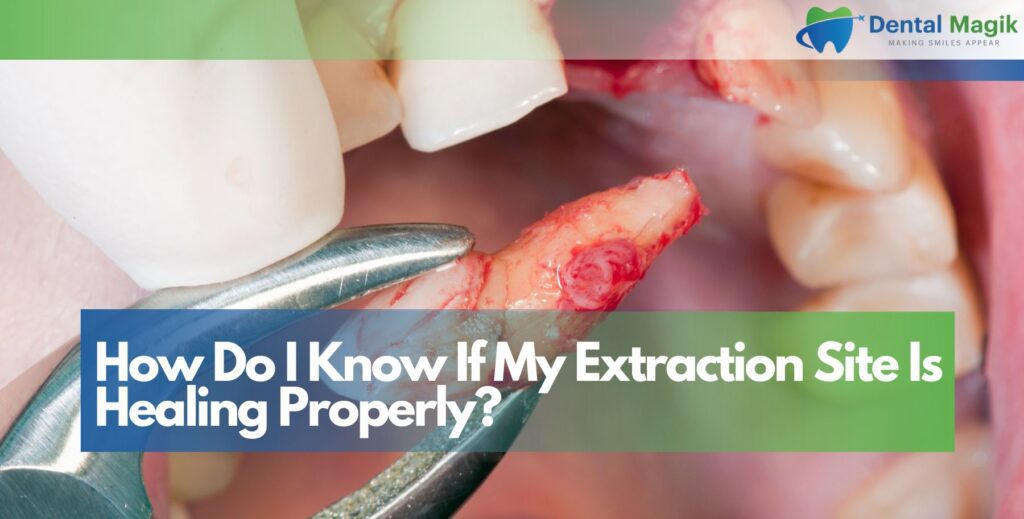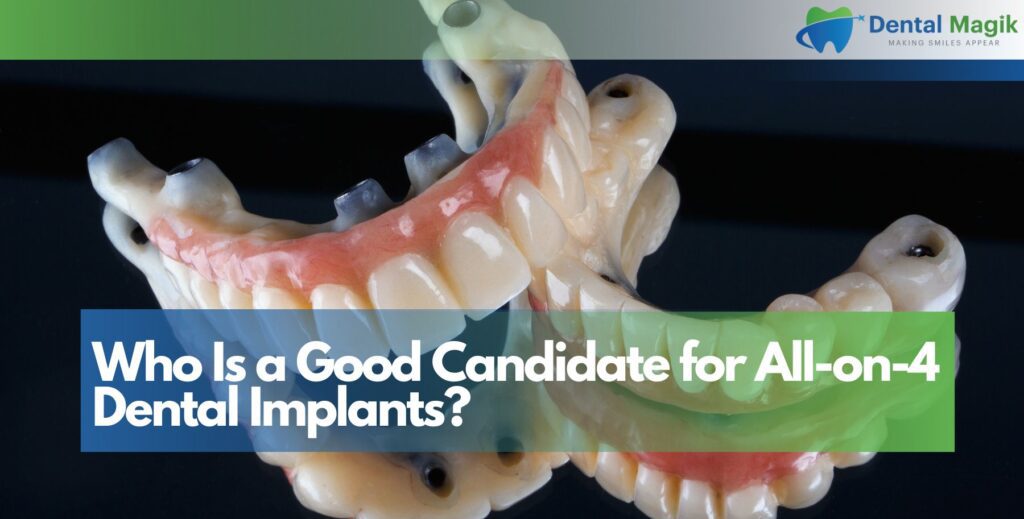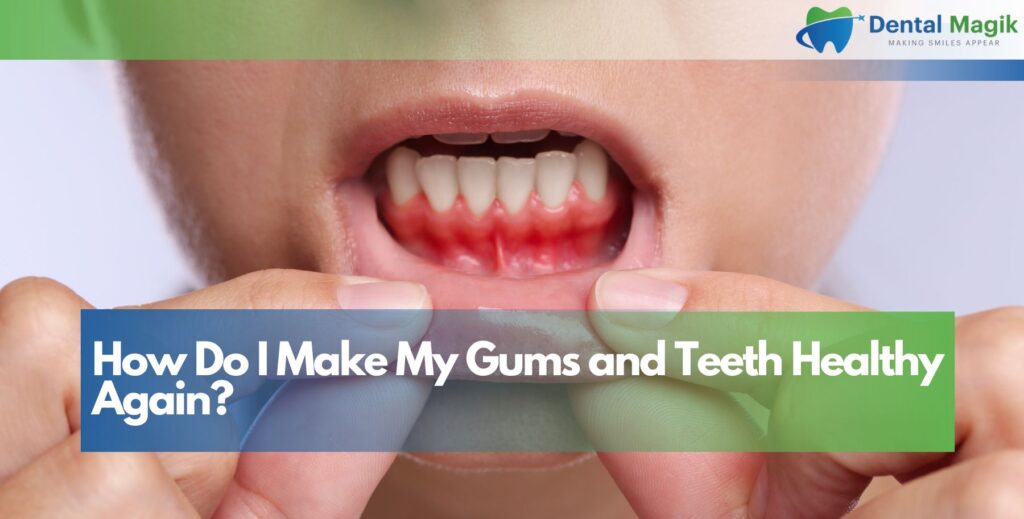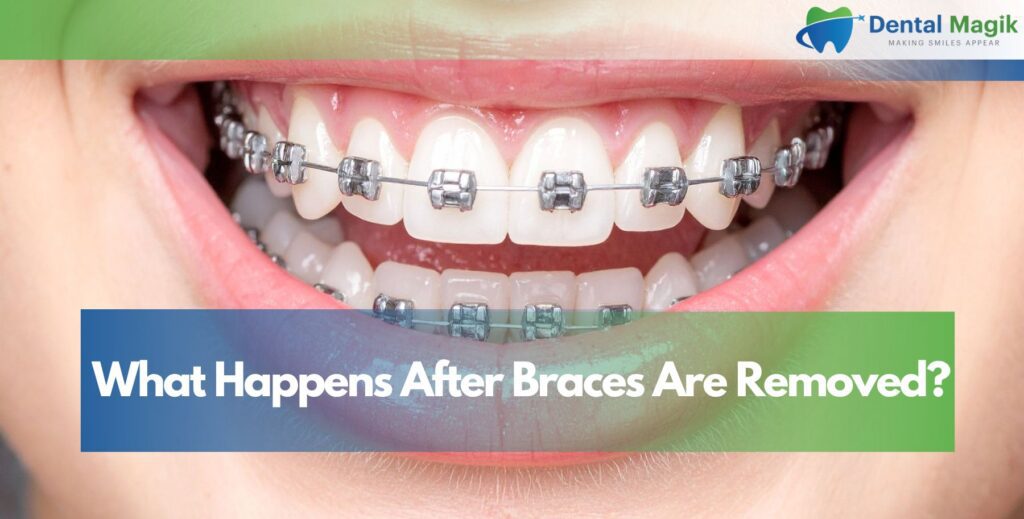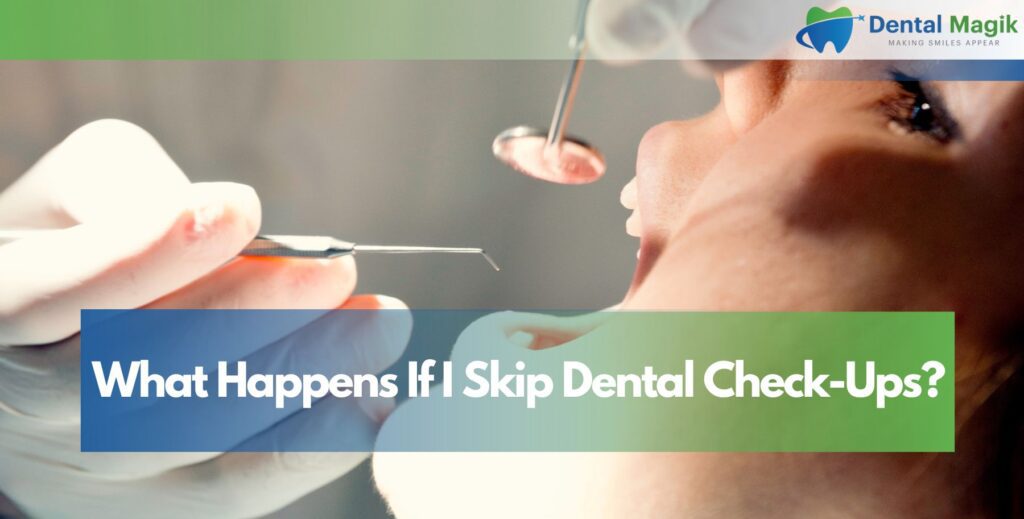When it comes to enhancing your smile and improving your oral health, the world of modern dentistry offers numerous options. Two of the most popular and effective approaches are cosmetic dentistry and dental implants. While both can dramatically transform your smile, they serve different purposes and address various dental concerns. Understanding the differences, benefits, and applications of each treatment option will help you make an informed decision about which path is right for your unique situation.
Understanding Cosmetic Dentistry
Cosmetic dentistry focuses primarily on improving the appearance of your teeth, gums, and overall smile. Unlike traditional dentistry, which emphasizes oral health and function, cosmetic dentistry combines art and science to create aesthetically pleasing results. The field has evolved tremendously over the past few decades, offering patients minimally invasive procedures that can deliver dramatic transformations.
The scope of cosmetic dentistry is broad and encompasses various treatments designed to address different aesthetic concerns. These procedures can correct issues such as discolored teeth, misaligned smiles, gaps between teeth, chipped or cracked teeth, and worn enamel. The beauty of cosmetic dentistry lies in its ability to provide both immediate and long-lasting results, often requiring minimal recovery time.
Popular Cosmetic Dentistry Procedures
Teeth Whitening represents one of the most sought-after cosmetic dental treatments. Professional whitening can remove years of stains caused by coffee, tea, wine, tobacco, and natural aging. In-office treatments can lighten teeth by several shades in just one session, while take-home kits provide gradual improvement over time.
Porcelain Veneers are ultra-thin shells of ceramic material that are bonded to the front surface of teeth. They can correct multiple aesthetic issues simultaneously, including discoloration, minor misalignment, gaps, and chips. Veneers are custom-made to match your desired shape, size, and color, creating a natural-looking, uniform smile.
Dental Bonding uses tooth-colored composite resin to repair chips, cracks, gaps, and discoloration. This versatile procedure can often be completed in a single visit and is one of the most cost-effective cosmetic treatments available.
Invisalign and Clear Aligners have revolutionized orthodontic treatment by providing a nearly invisible way to straighten teeth. These removable aligners gradually shift teeth into proper position without the aesthetic concerns associated with traditional metal braces.
Gum Contouring reshapes the gum line to create better proportion between teeth and gums. This procedure can address a “gummy smile” or uneven gum line, creating a more balanced and attractive appearance.
Understanding Dental Implants
Dental implants represent the gold standard for replacing missing teeth. Unlike cosmetic dentistry, which primarily focuses on aesthetics, implants address both functional and cosmetic concerns by replacing the entire tooth structure, including the root. A dental implant consists of a titanium post that is surgically placed into the jawbone, an abutment that connects the post to the replacement tooth, and a crown that serves as the visible tooth portion.
The implant process involves osseointegration, where the titanium post fuses with the jawbone over several months, creating a stable foundation that mimics a natural tooth root. This integration provides several advantages over other tooth replacement options, including superior stability, preservation of jawbone structure, and the ability to function like natural teeth.
Types of Dental Implant Solutions
Single Tooth Implants replace individual missing teeth without affecting adjacent healthy teeth. Unlike traditional bridges, which require modification of neighboring teeth, implants are self-supporting and preserve the integrity of surrounding teeth.
Multiple Tooth Implants can replace several missing teeth using fewer implants than the number of missing teeth. Strategic placement allows for the support of multiple crowns or bridges.
All-on-4 and All-on-6 Systems provide full-mouth restoration using four to six implants per arch. These systems can replace an entire set of upper or lower teeth, offering a fixed solution that eliminates the need for removable dentures.
Implant-Supported Dentures combine the stability of implants with the convenience of dentures. These solutions provide better retention and function compared to traditional dentures while remaining more affordable than full implant reconstruction.
Comparing Benefits and Considerations
When evaluating cosmetic dentistry versus dental implants, several factors come into play. Cosmetic dentistry typically offers faster results with less invasive procedures. Most cosmetic treatments can be completed within a few weeks, and many require only minimal tooth preparation. The recovery time is generally short, and patients can often return to normal activities immediately or within a few days.
Dental implants, while more invasive initially, provide long-term solutions that can last a lifetime with proper care. The implant process typically takes several months to complete, as it requires healing time for osseointegration. However, the investment in time and the initial discomfort often pay dividends in terms of functionality, durability, and overall satisfaction.
Cost considerations also differ significantly between the two approaches. Cosmetic dentistry procedures generally have lower upfront costs and can often be completed in phases, allowing patients to spread treatments over time. Dental implants require a larger initial investment but often prove more cost-effective in the long run due to their durability and minimal maintenance requirements.
Determining the Right Choice for You
The decision between cosmetic dentistry and dental implants largely depends on your specific dental situation, aesthetic goals, and personal preferences. If you have healthy teeth that simply need aesthetic improvement, cosmetic dentistry procedures are likely the better choice. These treatments can address issues like staining, minor gaps, chips, or slight misalignment without compromising tooth structure.
However, if you’re dealing with missing teeth, severely damaged teeth that cannot be effectively restored, or existing dental work that has failed, dental implants may be the more appropriate solution. Implants not only restore aesthetics but also preserve jawbone structure and provide superior chewing function.
Your overall oral health plays a crucial role in determining candidacy for either treatment option. Cosmetic dentistry requires a foundation of healthy teeth and gums, while dental implants require adequate bone density and good overall health for successful integration.
Age and lifestyle factors also influence the decision-making process. Younger patients with minor aesthetic concerns might benefit more from conservative cosmetic treatments, while older patients with multiple missing teeth might find implants provide better long-term value and functionality.
Budget and timeline considerations are equally important. If you need immediate results for a special event or have budget constraints, cosmetic dentistry might be preferable. If you’re looking for a permanent solution and can invest the time and money required, implants might be the better long-term choice.
Combining Approaches for Optimal Results
In many cases, the best solution involves combining cosmetic dentistry and dental implants. For example, a patient might receive implants to replace missing teeth and then undergo teeth whitening or veneer placement on their natural teeth to create a uniform, beautiful smile. This comprehensive approach addresses both functional and aesthetic concerns, delivering results that exceed what either treatment could achieve alone.
The integration of different treatments requires careful planning and coordination. A comprehensive treatment plan considers the patient’s immediate needs, long-term goals, and overall oral health status. Advanced digital planning tools and imaging technology allow dental professionals to visualize the final result and ensure that all treatments work together harmoniously.
Making Your Decision
Choosing between cosmetic dentistry and dental implants requires careful consideration of multiple factors. Start by clearly defining your goals and priorities. Are you primarily concerned with aesthetics, function, or both? Do you need immediate results, or can you invest time in a longer treatment process? What is your budget, and how do you prefer to manage the financial investment?
Consulting with a qualified dental professional is essential for making an informed decision. A comprehensive examination and consultation will reveal the current state of your oral health, discuss your aesthetic goals, and outline the available treatment options. Digital imaging and treatment planning tools can help you visualize potential results and understand the process involved in each approach.
Consider seeking multiple opinions, especially for complex cases that might benefit from different treatment approaches. Different practitioners may have varying perspectives on the best way to achieve your goals, and gathering multiple viewpoints can help you make a more informed decision.
Conclusion
Both cosmetic dentistry and dental implants offer valuable solutions for improving your smile and oral health, but they serve different purposes and provide different benefits. Cosmetic dentistry excels at enhancing the appearance of healthy teeth through minimally invasive procedures that deliver quick results. Dental implants provide comprehensive solutions for missing or severely damaged teeth, offering superior function and long-term durability.
The right choice depends on your individual circumstances, including your current oral health, aesthetic goals, timeline, and budget. Many patients find that a combination of treatments provides the best overall results, addressing both immediate cosmetic concerns and long-term functional needs.
If you’re considering either cosmetic dentistry or dental implants, consulting with an experienced professional is crucial for developing a treatment plan that meets your unique needs. A skilled Dentist in East Brunswick, NJ can evaluate your situation, discuss your options, and guide you toward the solution that will give you the confident, beautiful smile you deserve.
Frequently Asked Questions
How long do cosmetic dentistry results typically last?
The longevity of cosmetic dentistry results varies by procedure. Teeth whitening may last 1-3 years, dental bonding typically lasts 3-7 years, and porcelain veneers can last 10-15 years with proper care. Regular maintenance and good oral hygiene can help extend the life of cosmetic treatments.
Are dental implants painful?
Most patients report that dental implant surgery is less painful than expected. Local anesthesia is used during the procedure, and post-operative discomfort can usually be managed with over-the-counter pain medications. The healing process typically involves mild discomfort that decreases over the first few days.
Can I get cosmetic dentistry if I have dental anxiety?
Yes, many dental practices offer sedation options to help anxious patients feel more comfortable. Options may include nitrous oxide, oral sedation, or IV sedation, depending on the procedure and your level of anxiety.
How much do dental implants cost compared to other tooth replacement options?
While dental implants have higher upfront costs than bridges or dentures, they often prove more cost-effective long-term due to their durability and minimal maintenance requirements. Single implants typically range from $3,000-$5,000, while full-mouth reconstruction can cost $20,000-$50,000 per arch.
Can cosmetic dentistry fix severely crooked teeth?
Cosmetic dentistry can address minor to moderate alignment issues through veneers or clear aligners. Severely crooked teeth may require traditional orthodontics or, in some cases, a combination of orthodontic treatment followed by cosmetic procedures for optimal results.
How do I know if I’m a good candidate for dental implants?
Good candidates for dental implants typically have adequate bone density, healthy gums, good overall health, and realistic expectations. Factors like smoking, uncontrolled diabetes, or certain medications may affect candidacy. A thorough evaluation by a dental professional can determine your suitability for implants.
Can I eat normally after cosmetic dental procedures?
Most cosmetic procedures allow you to return to normal eating habits quickly. However, you may need to avoid very hard, sticky, or staining foods for a few days after treatment. Your dentist will provide specific dietary guidelines based on your procedure.
What’s the difference between in-office and at-home teeth whitening?
In-office whitening provides faster, more dramatic results in a single session, while at-home treatments offer gradual improvement over weeks. Professional treatments use stronger bleaching agents and often include desensitizing treatments to minimize discomfort.

